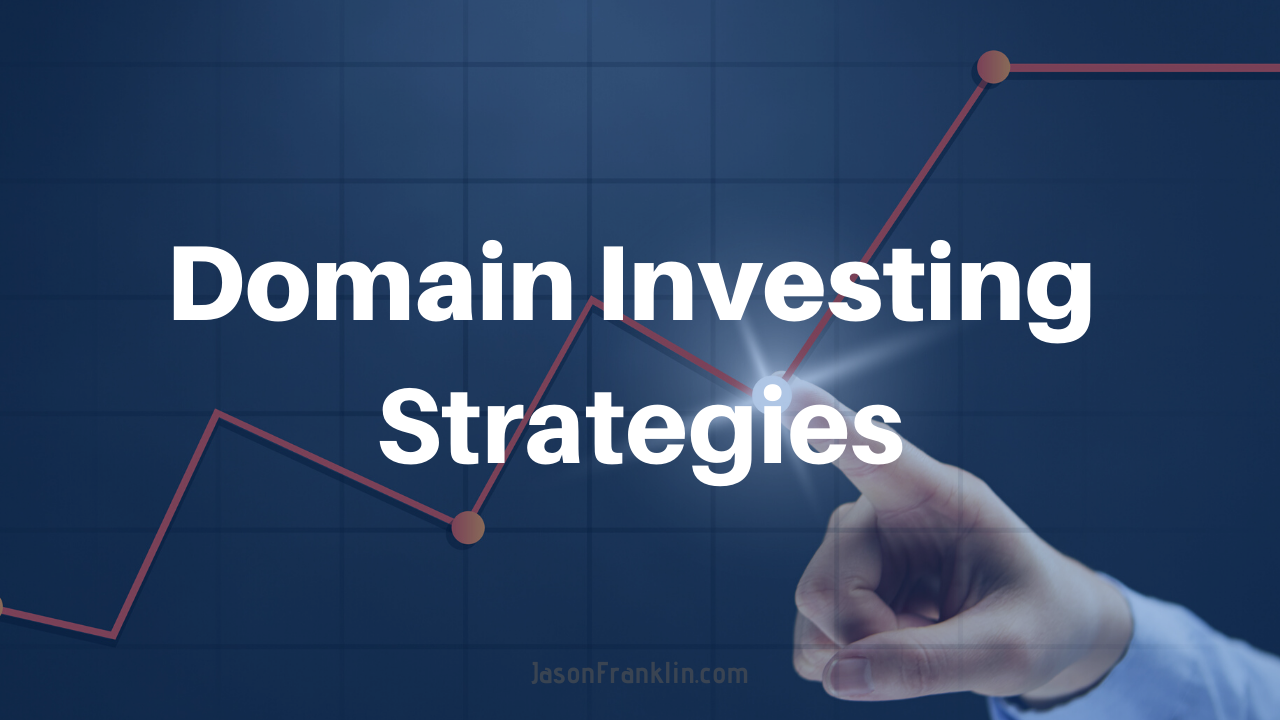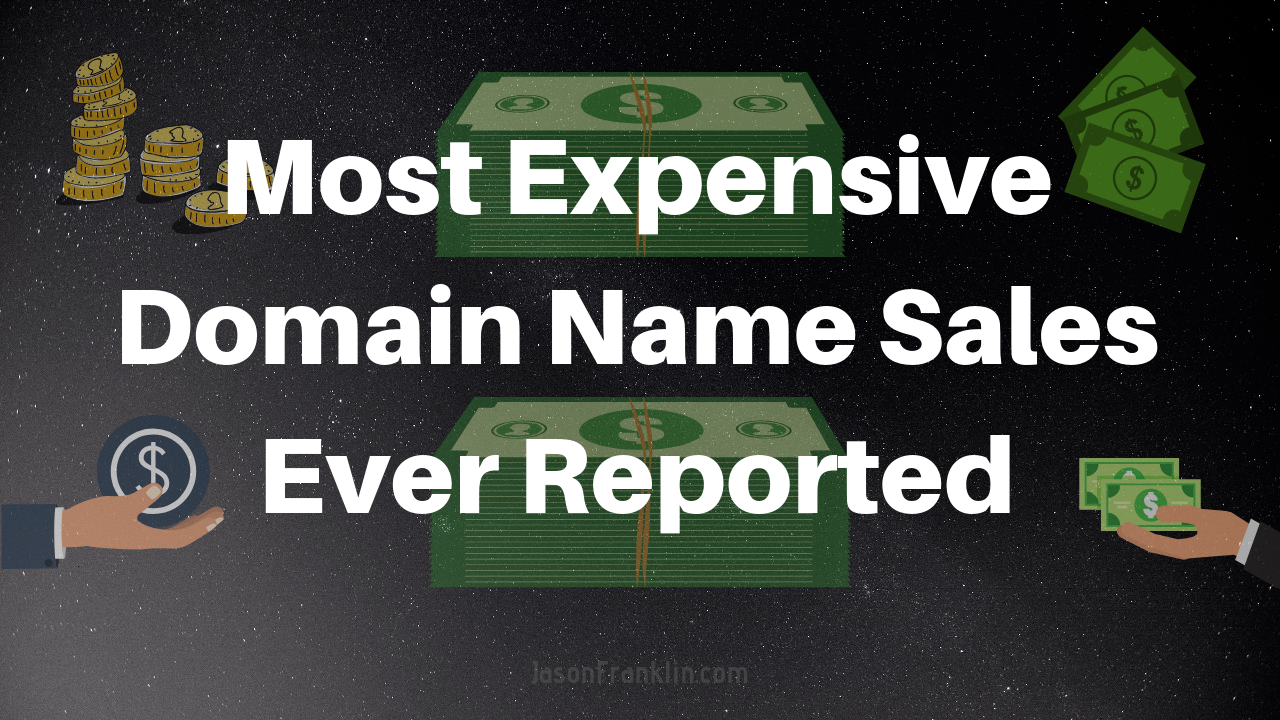In the world of domain investing different investors have different strategies. Domain investing strategies should be reviewed and revised often as there is a lot of trial and error involved; one needs to understand how to be agile as things are always changing.
What works for one investor may not work for all, and what worked last year may not work this year. First let’s take a quick look at what it means to be agile and then we’ll dive into some strategies I’ve applied to my own domain investing portfolio to continuously try and improve. Agile in the sense I’m speaking of here means to be able to move and do so easily as well as to think and understand quickly. Agile is also used in software development and is something I follow closely since I work in Information Technology and over the last 10 years the agile framework has become the industry standard for not only how software is developed, but also how teams work together.
Here are some ways I’ve used an Agile mindset to improve my domain investing strategies as well as my domain name portfolio.
- Learn from other domain investors, but do not try to replicate their success by copying it.
- You will quickly realize, what works for one investor does not work for all.
- Prune and clean out your portfolio often.
- When someone is new to domain investing they often buy domain names that just aren’t that good. When you realize these domains aren’t good, it’s time to drop them.
- This is a learning lesson not a permanent failure. If you’re persistent and passionate about domain investing, you’ll learn how to pick the right names.
- When someone is new to domain investing they often buy domain names that just aren’t that good. When you realize these domains aren’t good, it’s time to drop them.
- Invest in high quality domain names vs. a high quantity of low quality domain names.
- I once owned 250 domain names and counting. As I began reviewing my domain portfolio often and really taking the time to think about the value of each of the domain names I owned I began to shrink my domain name portfolio to about 90 domains which I really liked.
- You will also save money on your yearly overhead, because you’ll have less renewal fees.
I’ve been practicing the above three strategies since about mid 2017. I have modified my domain investing strategies many times since I started investing in 2011, but the strategies I’ve been using the last three years have been some of the most rewarding. I haven’t made any huge sales over the last three years, so that is not the reward I’m talking about. The reward I am talking about is knowing that my portfolio is a lot nicer since I’ve pruned it and my renewal fees aren’t as high. The monetary savings in renewal fees I’ve had that used to go to hundreds of domain names which really weren’t some of my best domain names in my opinion, have instead been invested in higher quality domain names.
For example in August of 2019 I acquired EXL.com which was my first three letter .com domain. I bought the name because it was the acronym used for Experiential Learning, and I had an idea to develop an online learning hub using the domain name. I’ve also acquired other great names over the last three years such as C.company, T.company, DN.company, Names.company, Power.company, Roof.company, Free.education and others to name a few. These are domain names that I’m proud to hold in my portfolio instead of just random names that don’t mean much to me like I used to hold.
I hope these lessons I’ve shared from my own experiences can help you develop your own domain investing review and revision strategies that will help you become a better domain name investor in the long run and make more money. I’d love to hear your thoughts and any great experiences you’ve had with reviewing and revising your portfolio.
Jason Franklin is a forward thinker, servant leader, technology enthusiast and humanitarian. His mission is to make a positive impact on humanity and the world a better place.
Jason is involved in technology, startups, energy, real estate, science, philosophy, volunteering and outreach.





Join the Discussion